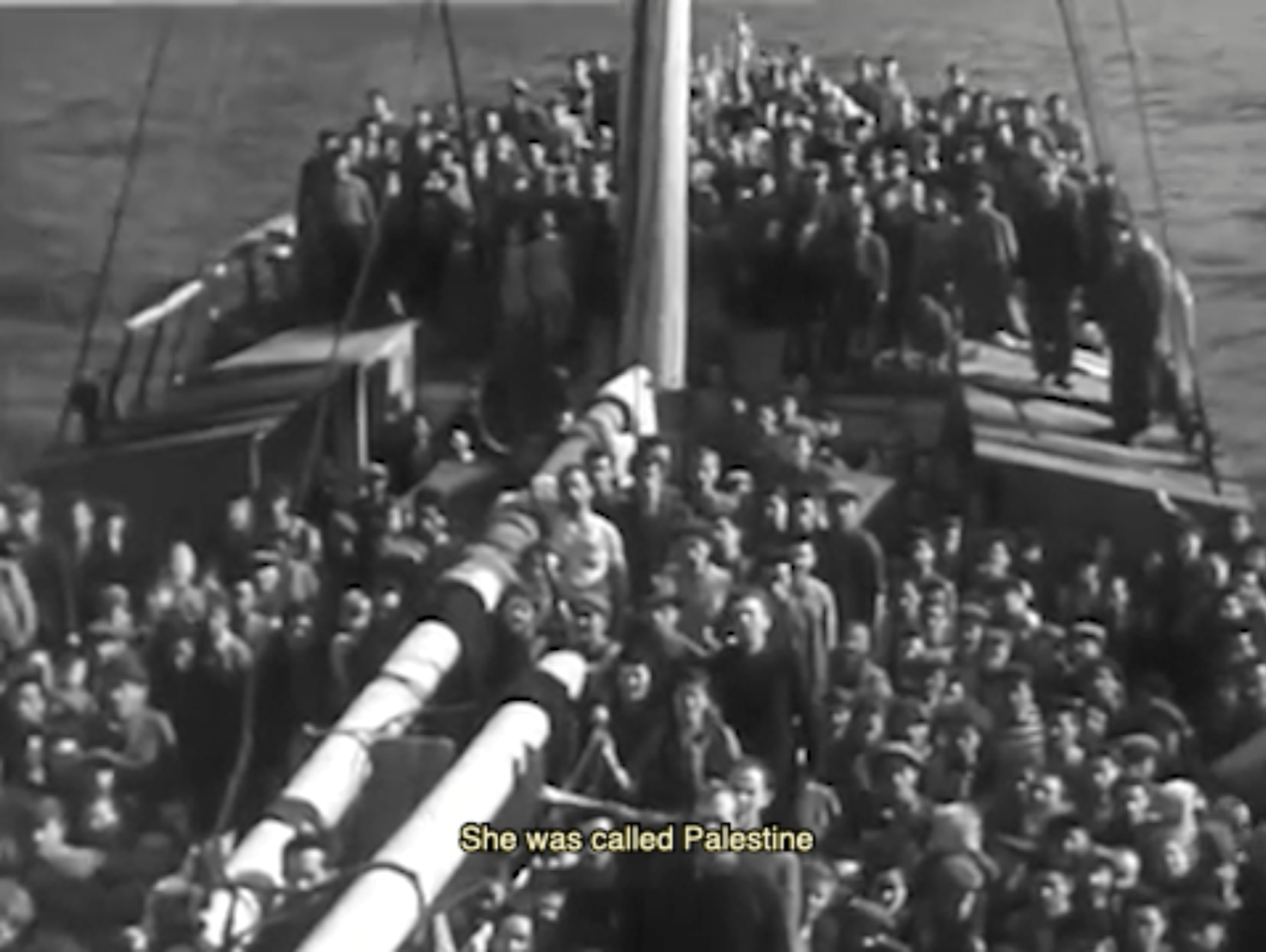Brainstorming:
When this project was explained to me why first instinct was to explore the 1948 Palestinian-Israeli War. This specific war has been a major source of inspiration to me and has driven me to create multiple works I’m proud of, hence, why I want to continue to explore it.
- What is the history and context of your subject?
- In November 1947 the United Nations (UN) voted to partition the British mandate of Palestine into a Jewish state and an Arab state (see United Nations Resolution 181).
- Clashes broke out almost immediately between Jews and Arabs in Palestine. As British troops prepared to withdraw from Palestine, conflict continued to escalate.
- In April 1948, the Jewish forces launched a more concerted campaign of massacre and forced displacement, including the notorious Deir Yassin massacre of about 100 Palestinians on April 9. This spread panic among Palestinians, encouraging them to flee. When terror didn’t do the trick, Palestinians were forced out by Jewish militias.
- An estimated 700,000 Palestinians fled or were expelled, and hundreds of Palestinian towns and villages were depopulated and destroyed”
- Later, a series of laws passed by the first Israeli government prevented Arabs who had left from returning to their homes or claiming their property. They and many of their descendants remain refugees. The expulsion of the Palestinians has since been described by some historians as ethnic cleansing.
- How are you changing the narrative structure, and what questions do you want to raise by doing so?
When recreating this narrative, I want to in a way or another stop the Israeli forces from taking over the land and building further settlements.
- Who are the voices speaking in the piece and what are they expressing? (people, groups, nature, machines, etc) Describe these voices.
The piece explores the opinions and voices of the people of Palestine. Palestinians carry voices with a powerful tone that demands their land back, and highlights to the world their right to the land.
- Who is the audience you hope to inspire, transform, or inform?
As with most of my work, I aim to remind the Arab community of our beloved land that remains to suffer in order to inspire them to continue to intervene. In addition, I aim to transform Western views of the Palestinian-Israeli conflict.
Image Collection:
Further Iterations:
When I think of the 1948 war, I think of the concept of erasure, specifically ethnic erasure. I felt that this project will be more powerful if I were to be more specific. Therefore, I decided to explore the arrival of the Haganah ship (an immigrant ship that carries a paramilitary force, that later formed the current IDF). I calculated different footage, I wanted to create an erasure of the figures by rotoscoping darkened figures over them. I’ve done this for a couple clips and realized that it was taking too long, and looked rather like a silhouette of the figures failing to demonstrate my concept.
Instead, I decided I will focus on rotoscoping the Israeli flag into the white flag of surrender. This way, my concept will be more clearly highlighted. I also decided on adding the narration and text of the poem Ala Hadihil Ard (on this Land) by Mahmoud Darwish that describes a Utopian Palestine without the invader’s existence.
Final Work:
An Invader’s Fear is a short film that borrows from multiple news reports to transform the narrative of the arrival of the Haganah ship to Palestinian land (1948), the ship carried a group of Jewish immigrants whom later became the core of the IDF. As the title alludes, the film creates a narrative in which the Invader’s greatest fear, the fear of surrender, is exhibited. This is done by transforming the Israeli flag into the white flag of surrender, as the passengers of the ship watch. In the background, a poem called Ala Hadihil Ard (on this Land) by the Palestinian poet Mahmoud Darwish describes a Utopian Palestine in which the invader is never present. I translated the poem, and used it as subtitles in order to create further clarification.

